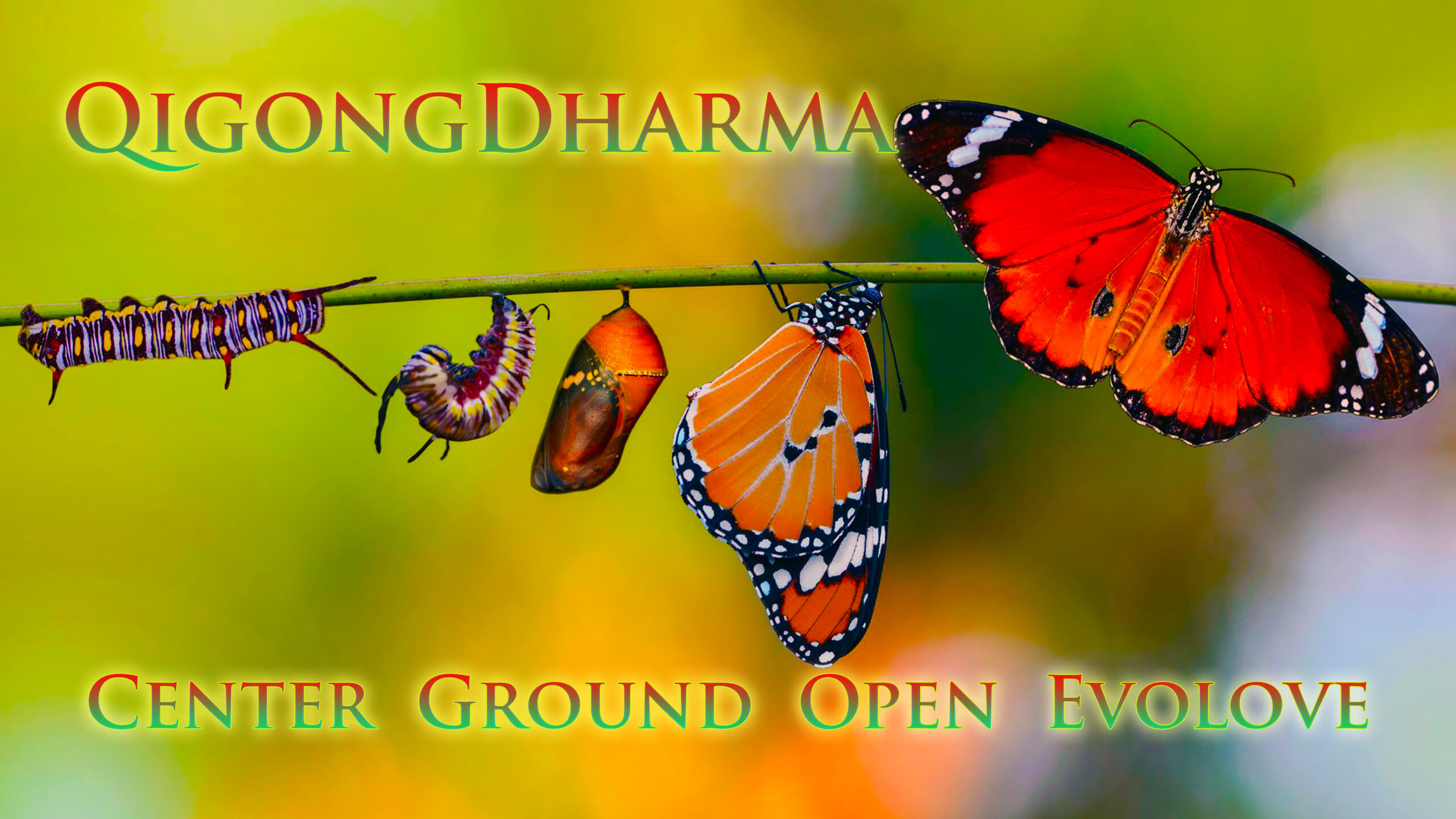Breath Patterns and Human Emotions
Scientific research confirms a direct and bidirectional relationship between our breathing patterns and emotional states. How we breathe both reflects and influences how we feel.
Common Emotions and Their Associated Breathing Patterns
| Emotion |Typical Breathing Pattern |Remarks
| Anxiety | Rapid, shallow, erratic breaths | Hyperventilation is common, leading to increased tension or panic
| Fear | Short, quick inhalations; sometimes breath-holding | Prepares the body for fight-or-flight response
| Anger | Forceful inhalations, breath-holding, tight or constricted chest | May be accompanied by explosive exhales or momentary holding of the breath
| Sadness | Deep, slow, sometimes sighing breaths | Sighing is frequent; breath may falter or be held momentarily
| Depression |Slowed rate; sometimes extended, slowed exhalations | Can include shallow breathing as well as long, drawn-out exhales
| Joy/Laughter | Irregular, faster breathing with variable rhythm | Laughter disrupts the regular rhythm of breath, making it “bouncy” or gasping
| Relaxation | Slow, deep, regular diaphragmatic breaths | Promotes calm, increased parasympathetic tone
| Disgust | Suppressed or ceased breathing; nasal constriction | Natural reaction to avoid inhaling noxious substances
Why Do Breath and Emotion Interact?
- Nervous System Link: Emotions are mediated by the autonomic nervous system. Certain emotions such as anxiety, anger, and fear activate the sympathetic nervous system, leading to shallow, rapid breathing. Positive or calming emotions activate the parasympathetic system, promoting slow, deep breaths.
- Body-Mind Feedback Loop: Not only do emotions influence how we breathe, but deliberately changing the breath (such as slowing or deepening it) can lead to shifts in emotional state—encouraging calm, focus, or even revitalization.
Highlights From Scientific Research
- Anxiety and Stress: Persistently shallow, erratic, or rapid breathing is a marker for anxiety disorders. Regulating the breath through conscious techniques (e.g., “cyclic sighing,” slow nasal breathing) can reduce anxiety and negative emotional patterns
- Anger: Forceful, held, or interrupted breaths are common. Sometimes people report holding their breath momentarily when angry, followed by an explosive exhale
- Sadness & Depression: Extended exhales, sighing, and slower breathing characterize sadness or low mood states. Breath can feel “heavy” or constricted
- Relaxation & Calm: Slow, deep breathing increases vagal (parasympathetic) activity, leading to physiological and psychological relaxation
Table: Illustrative Summary
| Emotion | Typical Breath Signature | Additional Notes
| Anxiety | Rapid, shallow, uneven | Exacerbated by hyperventilation
| Fear | Sharp, shallow, brief holds | Activates fight-or-flight
| Anger | Powerful, held, sharp exhale | Body tension present
| Sadness | Slow, sighing, pauses/holds | May feel heavy or restricted
| Joy/Laughter | Disrupted, variable rhythm | Light, gasping, playful
| Relaxed | Slow, deep, steady | Diaphragmatic, calming
Practical Implication
- Breath Awareness and Control: Becoming aware of and gently modifying your breath can help regulate your emotions. Mindful slow breathing, especially exhalation-focused, has been shown to reduce anxiety and promote well-being
- Therapeutic Breathing Exercises: Simple practices such as nasal breathing, prolonged exhalations, or paced breathing (like “4-7-8”) can modulate emotional states and are used therapeutically for stress, anxiety, and mood management
Specific emotions are mirrored by—and can be influenced through—distinct breathing patterns. Understanding and practicing intentional breath regulation is a fundamental, science-supported way to achieve emotional self-care and stability.
The integration of qigong or contemplative practices with emotional regulation and breath awareness is a cornerstone of embodied insight and well-being. Below is a deeper dive into the connections between breath patterns and emotional states.
Breathing Patterns and Their Correlation with Emotions
A strong and direct relationship exists between how we breathe and the emotional states we experience. Research shows that certain emotions spontaneously trigger distinctive patterns of breathing, and, conversely, consciously adjusting breath can influence how we feel.
Anxiety
- Typical Breathing Pattern: Rapid, shallow, and irregular breathing.
- Characteristics:
- Breath often limited to the upper chest rather than the diaphragm.
- Can lead to hyperventilation, causing dizziness or tingling.
- Often accompanied by sighs or gasps.
- Physiological Link: The body’s fight-or-flight response triggers the sympathetic nervous system, priming rapid breathing to prepare for perceived danger, which can in turn intensify feelings of anxiety.
- Characteristics:
Anger
- Typical Breathing Pattern: Forceful inhalations, breath-holding, or short, explosive exhales.
- Characteristics:
- Breaths may be held or interrupted, then followed by sharp exhalations.
- The chest feels tight or constricted.
- Body tension is common, sometimes accompanied by raised voice or clenched jaw.
- Physiological Link: Anger readies the body for action, often causing breath holding as tension builds, then forceful release during speech or expression of anger.
- Characteristics:
Depression
- Typical Breathing Pattern: Slowed, shallow, sometimes delayed or extended exhalations.
- Characteristics:
- Breathing may feel heavy, with frequent sighs or fatigued, incomplete inhales.
- Prolonged exhalations can be spontaneous, reflecting a sense of resignation or fatigue.
- Physiological Link: Depression and low mood states engage the parasympathetic nervous system, often dampening breath rhythm and depth, contributing to feelings of lethargy.
- Characteristics:
Emotional-Breath Pattern Table
| Emotion | Typical Breath Pattern | Effects on Body & Mind
| Anxiety | Rapid, shallow, erratic | Heightened arousal, panic sensations
| Anger | Forceful, held, sharp exhalations | Increased tension, readiness for action
| Depression | Slow, heavy, extended exhalations, sighing | Lethargy, sense of heaviness
Why the Correlation Matters
- The autonomic nervous system links breathing and emotional states. Negative emotions generally speed up or constrict the breath, while calm, positive states encourage deeper, slower, and more regular breathing.
- Conscious breath adjustments—like practicing slow, diaphragmatic breathing or extending the exhale—have been shown to reduce symptoms of anxiety and depression and to modulate anger
Becoming aware of these patterns is the first step toward using breath as a tool for emotional self-regulation. Approaches such as mindfulness, qigong, and contemplative practice emphasize this connection, offering ways to harmonize breath and mood for enhanced well-being and insight.


